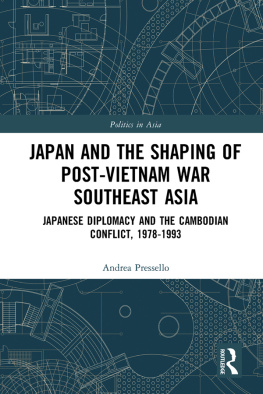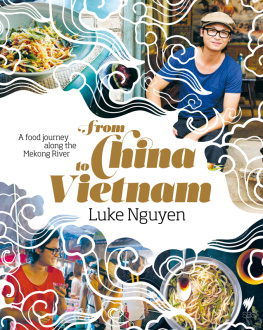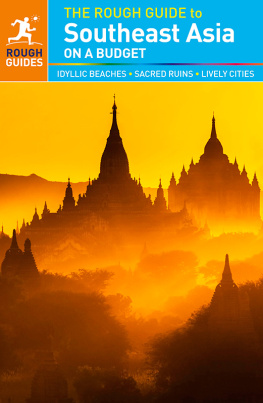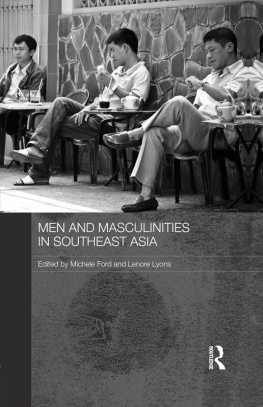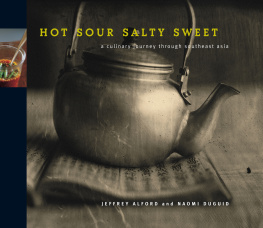Milton Osborne - The Mekong: Turbulent Past, Uncertain Future
Here you can read online Milton Osborne - The Mekong: Turbulent Past, Uncertain Future full text of the book (entire story) in english for free. Download pdf and epub, get meaning, cover and reviews about this ebook. year: 2007, publisher: Open Road + Grove/Atlantic, genre: Art. Description of the work, (preface) as well as reviews are available. Best literature library LitArk.com created for fans of good reading and offers a wide selection of genres:
Romance novel
Science fiction
Adventure
Detective
Science
History
Home and family
Prose
Art
Politics
Computer
Non-fiction
Religion
Business
Children
Humor
Choose a favorite category and find really read worthwhile books. Enjoy immersion in the world of imagination, feel the emotions of the characters or learn something new for yourself, make an fascinating discovery.

- Book:The Mekong: Turbulent Past, Uncertain Future
- Author:
- Publisher:Open Road + Grove/Atlantic
- Genre:
- Year:2007
- Rating:3 / 5
- Favourites:Add to favourites
- Your mark:
The Mekong: Turbulent Past, Uncertain Future: summary, description and annotation
We offer to read an annotation, description, summary or preface (depends on what the author of the book "The Mekong: Turbulent Past, Uncertain Future" wrote himself). If you haven't found the necessary information about the book — write in the comments, we will try to find it.
The Mekong River runs over nearly three thousand miles, beginning in the mountains of Tibet and flowing through China, Burma, Laos, Thailand, Cambodia, and Vietnam before emptying into the China Sea. Its waters are the lifeblood of Southeast Asia, and first begot civilization on the fertile banks of its delta region at Oc Eo nearly two millennia ago.
This is the story of the peoples and cultures of the great river, from these obscure beginnings to the emergence of todays independent nations. Drawing on research gathered over forty years, Milton Osborne traces the Mekongs dramatic history through the rise and fall of civilizations and the era of colonization and exploration. He details the struggle for liberation during a twentieth century in which Southeast Asia has seen almost constant conflict, including two world wars, the Indochina War, the Vietnam War, and its bloody aftermathand explores the prospects for peace and prosperity as the region enters a new millennium.
Along the way, he brings to life those who witnessed and shaped events along the river, including Chou Ta-kuan, the thirteenth-century Chinese envoy who recorded the glory of Angkor Wat, the capital of the Khmer Empire; the Iberian mercenaries Blas Ruiz and Diego Veloso, whose involvement in the intrigues of Cambodias royal family shook Southeast Asias politics in the sixteenth century; and the revolutionaries led by Ho Chi Minh, whose campaigns to liberate Vietnam from the French and unify the nation under communism changed the course of history.
[A] pathbreaking, ecologically informed chronicle . . . A pulsating journey through the heart of Southeast Asia. Publishers Weekly
Milton Osborne: author's other books
Who wrote The Mekong: Turbulent Past, Uncertain Future? Find out the surname, the name of the author of the book and a list of all author's works by series.



